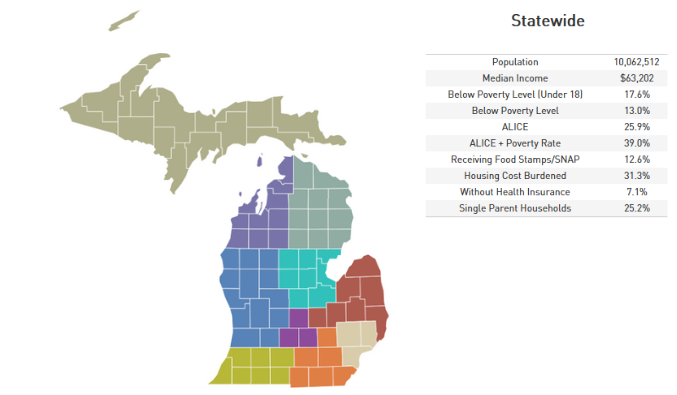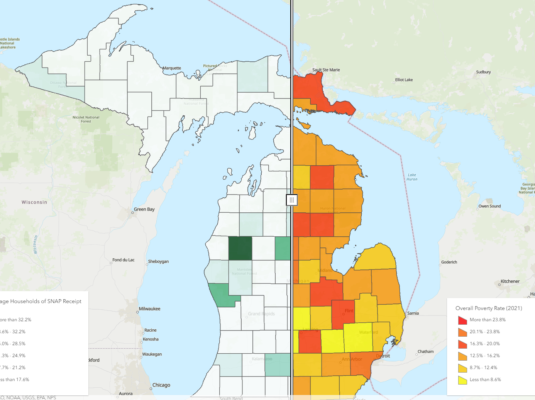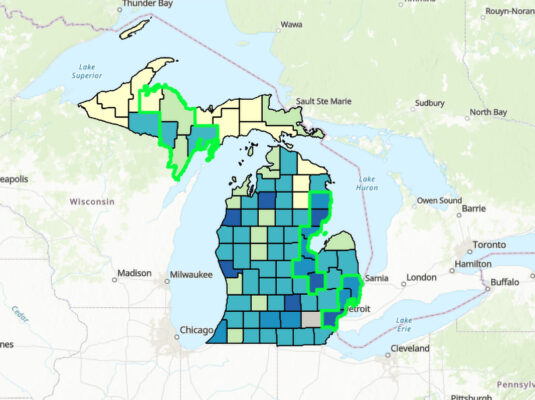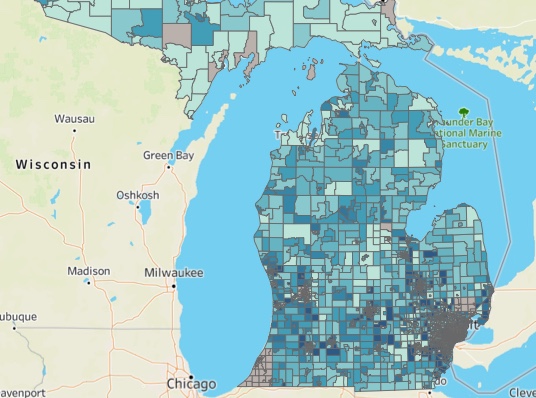The landscape map and white paper linked below are a product of a partnership between the Opioid Prescription Engagement Network (OPEN) and Poverty Solutions at the University of Michigan. Using publicly available data from disparate sources (see the data link below for more details), the map considers indicators of mental and physical health, poverty, and opioid use throughout the state of Michigan in 2019. The white paper synthesizes the information in the map and highlights three clusters of counties experiencing particularly adverse effects from the crisis. For each cluster, considerations for mitigation or harm reduction efforts are provided.







